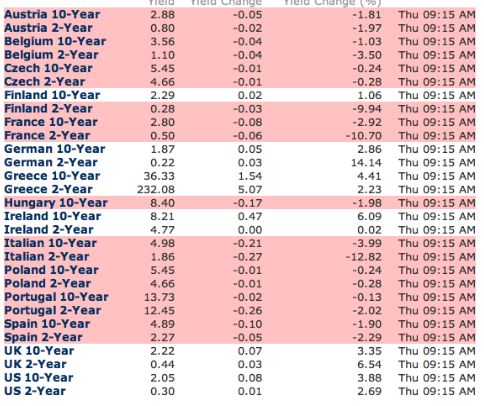Federal Reserve Chairman Ben Bernanke on Wednesday offered a tempered view of the U.S. economy, pouring cold water on the notion recent upbeat signs herald a stronger recovery.
Bernanke told Congress that unless growth accelerated, the unacceptably high U.S. unemployment rate would not keep dropping.
But he stopped short of signaling further Fed bond purchases, dashing the hopes of some traders in financial markets who were betting on more monetary stimulus.
“The job market is far from normal,” Bernanke said.
“Continued improvement … is likely to require stronger growth in final demand and production.”
The swift decline in the U.S. unemployment rate in recent months, to a three-year low of 8.3 percent in January from 9.1 percent in August, has surprised economists both within and outside the Fed given the economy’s relatively soft performance.
Last year, the economy expanded only 1.7 percent, although the fourth quarter proved to be the strongest.
“The decline in the unemployment rate over the past year has been somewhat more rapid than might have been expected, given that the economy appears to have been growing during that time frame at or below its longer-term trend,” Bernanke told the U.S.House of Representatives Financial Services Committee.
Bernanke’s tentative outlook knocked the Dow Jones industrial average below the symbolic 13,000 level it had closed above on Tuesday. The Dow closed off 53 points, or 0.4 percent.It is up 2.5 percent on the month.
Stock prices had been marching higher all year on optimism about gathering economic momentum.
While Bernanke’s tenor was dovish, the lack of a direct allusion to the possibility of a third round of so-called quantitative easing also undercut prices for government bonds and pushed the dollar up. Gold prices slumped
3 percent, their biggest one-day drop in 2-1/2 months.
“Bernanke implied that the Fed was no closer to QE3 …Investors were disappointed,” said Cary Leahey of Decision Economics in New York.
Read more:
Comments »




